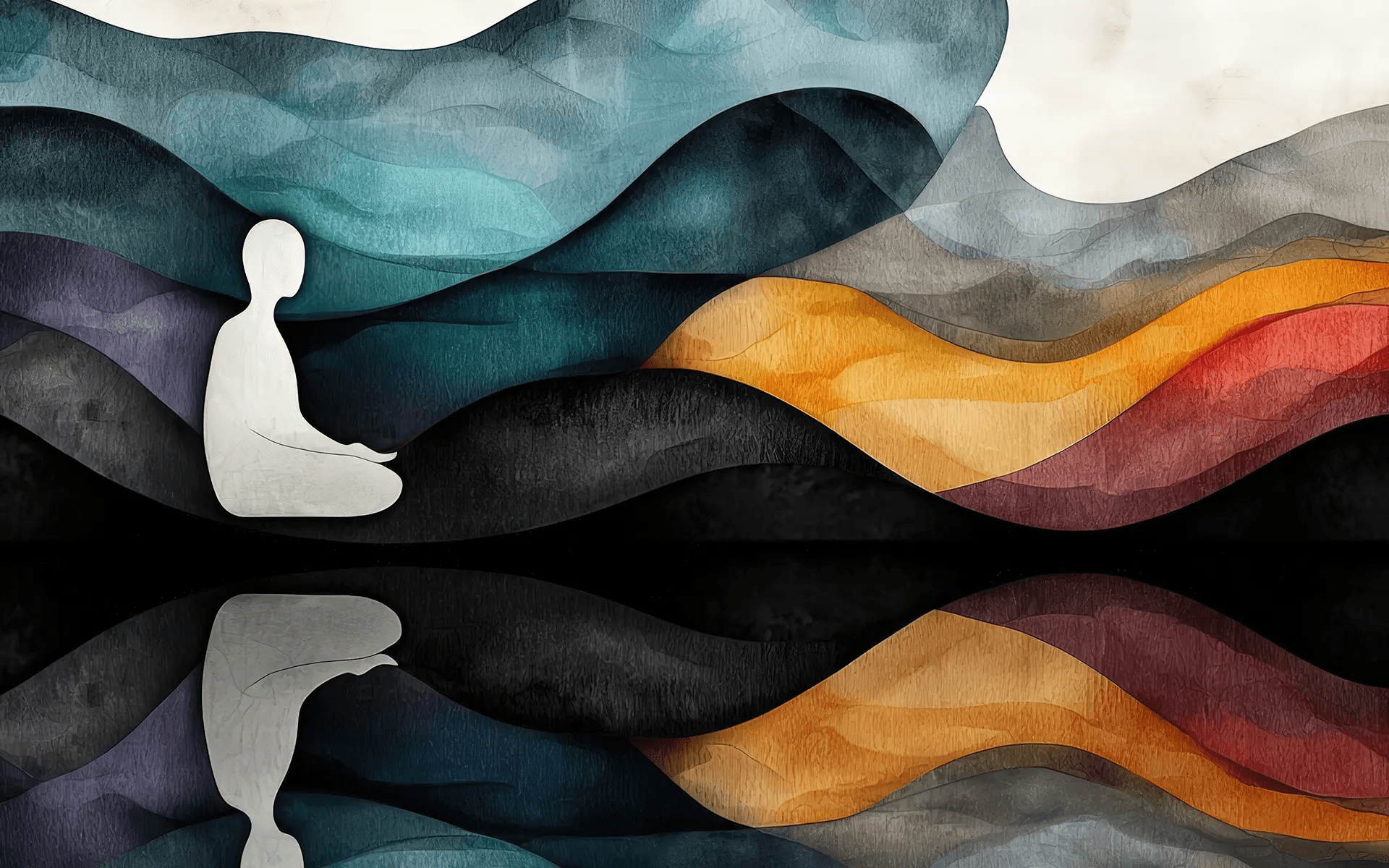Strength Training vs. Cardio: Which Is Better For Restorative Sleep?
Your science-backed guide to moving for better sleep


Assistant Health Editor
Assistant Health Editor
Ava Durgin is the Assistant Health Editor at mindbodygreen. She is a recent graduate from Duke University where she received a B.A. in Global Health and Psychology. In her previous work, Ava served as the Patient Education Lead for Duke Hospital affiliated programs, focusing on combating food insecurity and childhood obesity.
Image by Todd Anderson x mbg creative September 09, 2025 What if the way you move your body could actually shape the quality of your sleep, right down to which sleep stages you spend more time in? On the mindbodygreen podcast, sleep and human performance coach Todd Anderson shares why the intersection of exercise and sleep is the performance hack most people overlook. Anderson, co-founder of Dream Performance & Recovery and a trusted advisor to elite athletes, believes sleep is your number one tool for leveling up, both in the gym and in daily life. “If you really want to help somebody in the fastest, most effective way, look at their sleep,” Anderson says. “Sleep is the foundation that other health pillars all sit on because its impact is almost universal across the board to everybody.”
How your workout style shapes your sleep cycles
Anderson’s philosophy is refreshingly simple: almost any form of movement is a net positive for your sleep1, as long as you aren’t overtraining.
Whether you’re lifting heavy at the gym or just taking a brisk walk, you’re giving your body an important cue it uses to decide what kind of rest and recovery you need that night. The type of exercise you choose can influence not just how fast you fall asleep, but what kind of sleep you get.
For instance, high-intensity or strength-based workouts tend to increase your deep, restorative slow-wave sleep (SWS)2, which is crucial for muscle repair and physical recovery. In contrast, longer cardio sessions, think a steady run or extended bike ride, can boost your rapid eye movement (REM) sleep, a stage linked to memory, creativity, and brain health.
“When you do different types of exercise at different times of the day, your body basically creates the type of sleep that it needs,” Anderson explains.
In other words, your workout style doesn’t just affect how tired you feel; it shapes your recovery on a neurophysiological level.
Your science-backed guide to moving for better sleep
Whether your goal is physical repair or mental clarity, here’s how to structure your workouts to support deeper, higher-quality sleep:

 Koichiko
Koichiko 






























.jpg)
